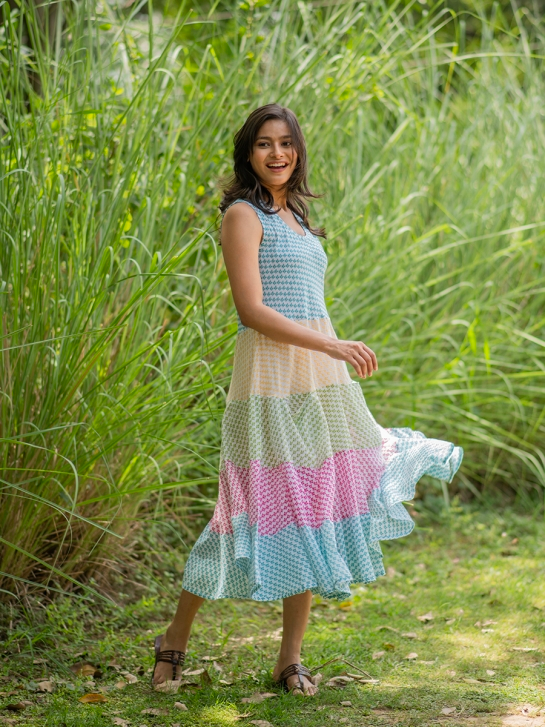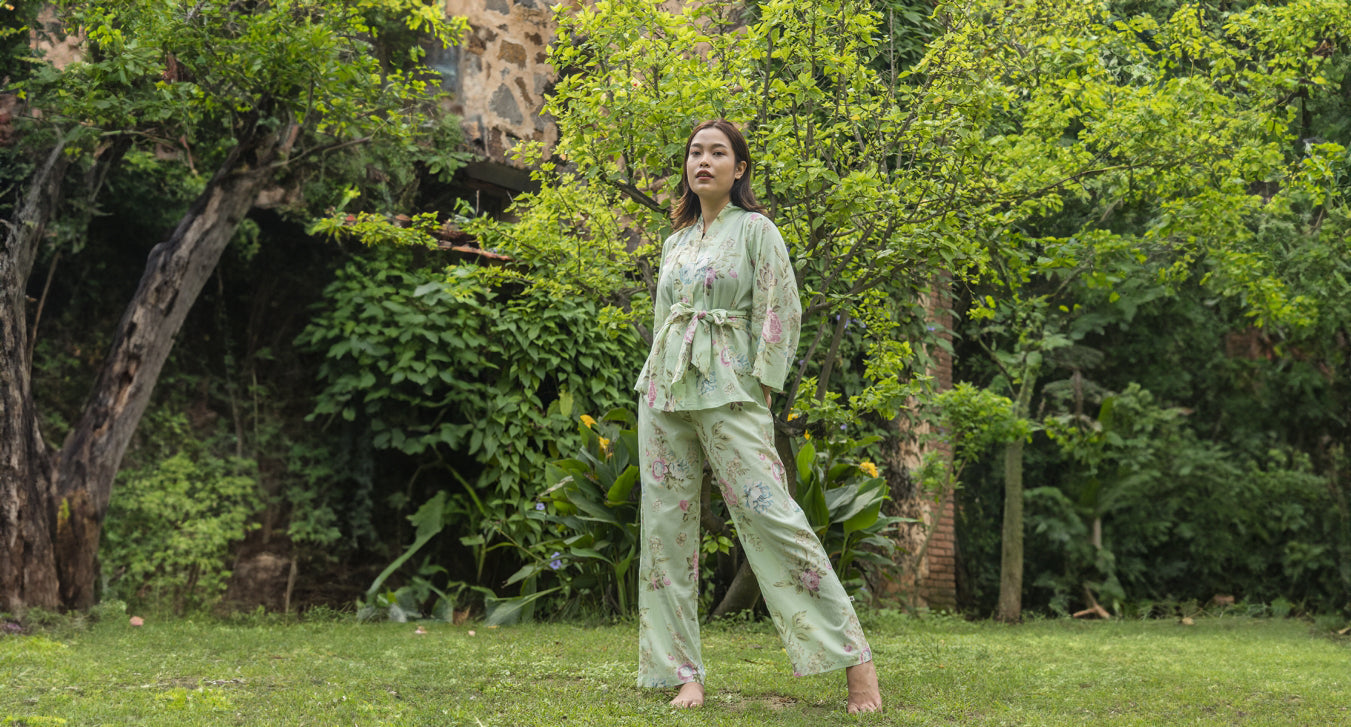New Delhi, the bustling capital of India, is a city where the past and present blend seamlessly. The fashion scene in New Delhi is a vibrant tapestry woven with threads of tradition, colonial influence, and modern innovation. From the royal attire of the Mughal era to contemporary streetwear, the history of fashion in New Delhi is a fascinating journey through time
Regal Splendor

The Mughal era is a defining period in the history of New Delhi's fashion. The Mughals were great patrons of art and culture, and their influence is still evident in the city's sartorial heritage. During this time, the fashion was characterized by luxurious fabrics, intricate embroidery, and elaborate designs.
Royalty and nobility adorned themselves in rich textiles like silk, brocade, and velvet, often embellished with gold and silver threadwork. The Mughal attire included garments such as the sherwani, anarkali, and peshwaz, paired with intricately designed jewelry and accessories. This era's fashion left a lasting legacy that continues to inspire contemporary designers in New Delhi.
A Blend of East and West

With the arrival of the British East India Company in the 17th century and the subsequent establishment of British rule, New Delhi saw a significant shift in its fashion landscape. The colonial period introduced Western clothing styles and a blend of Eastern and Western fashion sensibilities.
British influence brought about changes in fabric choices, tailoring techniques, and garment structures. Traditional Indian attire was combined with Western elements, resulting in unique hybrid styles. For instance, women began to incorporate blouses and petticoats with their saris, while men adopted Western-style suits and trousers, often worn with traditional Indian turbans or shawls.
Revival and Innovation

After gaining independence in 1947, India experienced a resurgence of national pride and cultural identity, which was reflected in its fashion. Designers and artisans in New Delhi began to revive traditional crafts and textiles, celebrating India's rich heritage while also embracing modernity.
The 1960s and 1970s saw a rise in the popularity of khadi, a hand-spun and handwoven fabric championed by Gandhi during the freedom struggle. This period also witnessed the emergence of notable fashion designers who played a crucial role in bringing Indian fashion to the global stage.
The Influence of Street Fashion

In recent years, street fashion has become an integral part of New Delhi's fashion identity. Young, fashion-forward individuals draw inspiration from global trends while incorporating elements of Indian culture. This eclectic mix results in unique, edgy styles that are gaining popularity not just in India but around the world.
Markets like Sarojini Nagar, Janpath, and Connaught Place are famous for their vibrant street fashion, offering everything from trendy accessories to vintage clothing. These bustling marketplaces are a testament to the city's dynamic and ever-evolving fashion landscape.
A Melting Pot of Styles

Today, New Delhi is a bustling hub of fashion, where traditional and contemporary styles coexist harmoniously. The city's fashion scene is diverse, reflecting its multicultural population and global influences. From haute couture to streetwear, New Delhi offers a plethora of fashion choices that cater to all tastes and preferences. Contemporary designers have gained international acclaim for their innovative designs that blend traditional Indian craftsmanship with modern aesthetics.
The history of fashion in New Delhi is a rich narrative of cultural fusion, innovation, and resilience. From the opulence of the Mughal courts to the eclectic mix of today's street fashion, New Delhi continues to be a beacon of style and creativity. By celebrating the traditional crafts and modern trends that define New Delhi's fashion, brands can create collections that resonate with both the past and the present, offering timeless style for the discerning fashion lover.


